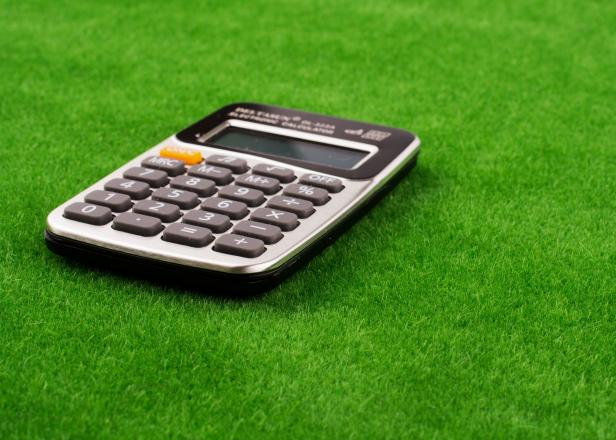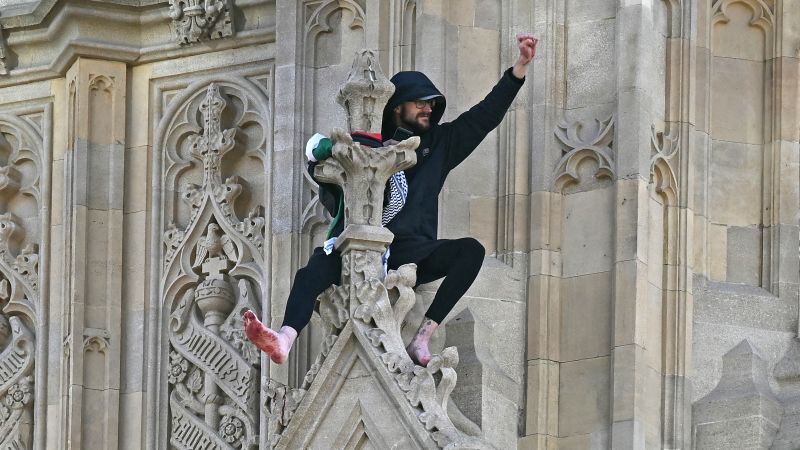Rules Review: You’re playing a course at altitude. Can you use a calculator or smart phone during a round to figure out distance adjustments?

The BMW Championship, the second leg of the PGA Tour’s FedEx Cup Playoff, is being held this week at Castle Pines Golf Club in Castle Rock, Colo. Aside from being among Golf Digest’s 100 Greatest Golf Courses in America, the Jack Nicklaus-designed course is notable for being at 6,400 feet above sea level. If you’ve never played a round on a course at significant elevation, you might not be aware that the ball travels farther because the air is thinner. (A little physics for you.)
The tour pros in the field certainly know this, and they and their caddies are doing a lot more math than usual in trying to figure out what clubs to hit at the course that’s hosting a PGA Tour event for the first time since 2006.
According to Steven Aoyama, a golf ball designer at Titleist, the general formula used to calculate the distance gain compared to sea level involves multiplying the elevation, in feet, by .00116. So, for example, when tour pros are playing in the Barracuda Championship in the Reno/Tahoe area, where the altitude is about a mile above sea level (5,280 feet), the increase comes out to about 6 percent (5,280 x .00116 = 6.1248). “If you normally drive the ball 250 yards, you will likely drive it 265 yards in Reno,” Aoyama says.
Interestingly, the distance gains don’t necessarily happen on short shots because the ball is moving slower and it’s not in the air long enough to be impacted. Also, sidespin is reduced, so shaping shots is more difficult. If you’re a slicer, you might want to head for the hills.
Getting back to Castle Pines, according to Aoyama’s formula, the pros will be looking at making a 7-percent adjustment to their distance yardages. For example, a 150-yard club at sea level will travel 161 yards. A 250-yard shot will go 268.
Wait … this is a Rules of Golf story, so where are we going with all this? Well, you might wonder if tour pros—or any golfers playing a round at altitude—are allowed to use a calculator or smart phone on the course to do some on-the-spot arithmetic, or do they have to do the math the old-school way with pencil and paper?
Here’s what the Rules of Golf states: Rule 4.3a allows regular golfers like you to use distance measuring devices, such as laser rangefinders or GPS watches, on the course, but only if the device doesn’t have a function that adjusts the yardage for elevation. If you use one that makes the adjustment, it’s a two-stroke penalty or loss of hole in match play.
That means players have to calculate the distance difference on their own. Many players might do that before hand, creating a handy chart for quick reference, which is completely legal under the Rules, according to Craig Winter, the USGA’s Senior Director, Rules of Golf and Amateur Status. But if you had a calculator in your bag or a calculator app on your smart phone, could you use that on the course during the round? Winter says that this is not allowed under the Rules as addressed in Rule 4.3a.
As for pros on the PGA Tour, under Model Local Rule G-5, the use of rangefinders is limited only to practice rounds (although they were OK to use at the PGA Championship), which is why pros still carry around their trusty yardage books in their back pockets. You can bet, that every caddie at the event already has a pre-made yardage-conversion chart for Castle Pines.
Related
5 Things I Never Play Golf Without: David Dusek
Our 11-handicap equipment writer always brings his favorite divot repair tool, a portable speaker and some high-tech gear to the course.As long as the weather i
Donald Trump’s golf course wrecked by pro-Palestine protesters
Pro-Palestinian protesters have vandalized parts of U.S. President Donald Trump's golf course in Scotland in response to his proposal for the reconstruction of
Man holding Palestinian flag scales London’s Big Ben hours after…
CNN — Emergency services were called to London’s Palace of Westminster on Saturday a
EPD: Drunk driver parked car on golf course
EVANSVILLE, Ind. (WFIE) - Evansville police say they arrested a man after finding him drunk in his car that was parked on a golf course.Officers say they were c











